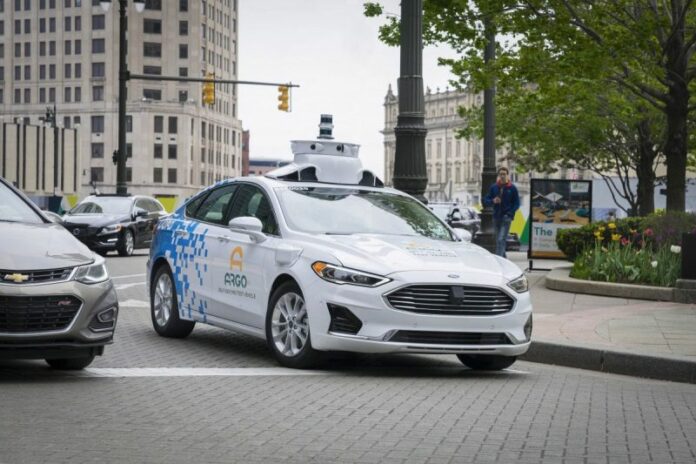MIT task force claims fully autonomous vehicles won’t arrive for at least 10 years concerning their analysis of the evolution of autonomous cars. MIT launched the Task Force on the “Work of the Future”, which is an institute-wide effort to study the evolution of jobs during an age of innovation set up 2 years ago with more than 20 members including faculty and student research team as well as an external advisory board. They published their latest brief on 22nd July 2020 focusing on the development of autonomous vehicles, suggesting fully driverless systems will take at least a decade to deploy over large areas. Its expansion will happen only in the region by region in specific transportation categories, which results in variations in availability across the country.
The market for autonomous vehicle is very small and many companies in this space have a little experience in designing and validating systems and producing vehicles as compared to traditional automakers. MIT doctoral candidate Erik Stayton and MIT professor John Leonard said the high cost will slow down the wider process of adoption. Fully autonomous vehicles need powerful sensors and complex computers, which only have a lower production volume than even the most ADAS (advanced driver assistance systems).
Tele-operations, where humans monitor autonomous vehicles for safety, will cost a non-negotiable cost because of raised concerns from business models. Robo-taxis will struggle to stay competitive with private vehicle ownership in San Francisco because of its expenditures on licensing, maintenance, insurance and remote operators.
E-commerce giant Amazon’s recent multibillion-dollar acquisition of Zoox followed a 500 million USD investment in Didi Chuxing’s self-driving unit and a 750 million USD extension of Waymo’s first external round to 3 billion USD, which support the notion that autonomous vehicle development remains expensive and unprofitable.
Waymo, formerly the Google self-driving car project for instance, reportedly yielded just hundreds of thousands of dollars a year in revenue before a pandemic-led pause in operations and the company’s annual cost is estimated at around 1 billion USD. The race for the runway has taken on greater urgency as the pandemic roils the economy as well-financed ventures like Kodiak Robotics, Cruise, and Ike have shed hundreds of their employees collectively.

